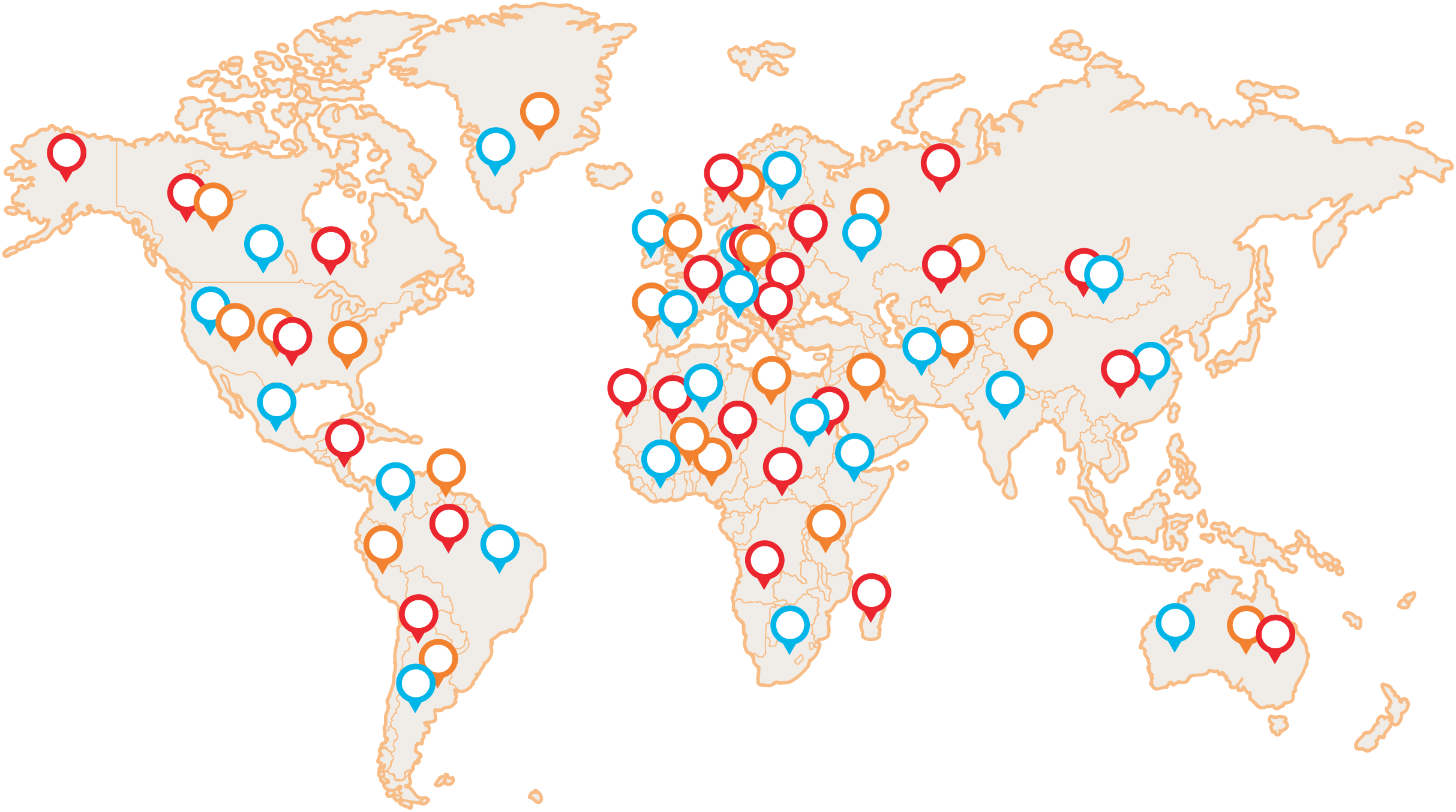Category:Digestion, respiration, gynecology, acute infestation, hidden pathogen, fatigue, metabolism, detox, Spleen system, Lung system
Recipe use according to traditional Chinese medicine:
-dissolves and transforms phlegm/mucus
-dries dampness
-regulates and corrects the Qi cycle
-harmonizes the center (Spleen and Stomach)
Description:
This is a basic formula to manage moist (white or transparent) mucus/congestion, especially in the respiratory and Stomach areas. It dates from the 11th century, the Great Peace era, but its creators, the imperial physicians, were inspired by an even older mixture, the famous Ban Xia Hou Po Tang from the 3rd century - by the genius Zhang Zhong Jing. In its many forms , Er Chen Tang is part of hundreds of blends that are described to deal with some form of Tan, i.e. mucus/mucusiness. This is either so-called "manifested" - as phlegm in congestion in the respiratory tract, or various enlarged and palpable formations under the skin or in the body (enlarged nodes, thyroid, lipomas, but also cysts or tumors, or bone growths and disc prolapses). However, we also have mucus "unmanifested", a kind of energetic form of it, which has the ability to enter the pathways and blood vessels and, by obstructing the flow of vital substances, to cause various "unexplained" , asymmetrical symptoms such as pain, swelling and, in its most dangerous form, in combination with internal wind, even stroke (atherosclerosis - corrosion of the arteries, is also taken as a form of mucus). And obesity is also a form of dampness and mucusiness.
The accumulation of moist mucus in the Lungs manifests itself in chronic bronchitis, emphysema of the Lungs or asthma (so-called "deeply" deposited mucus). Mucus in the Stomach area causes fullness, lack of appetite, a feeling of nausea or vomiting. The mixture is therefore also used for morning sickness, if caused by mucus accumulation. It is very effective in the treatment of constipation in infants, in the case of transparent or white mucus, often in large quantities.
The imperial herbs are pinellia and tangerine bark, in their modifications "old" (Decoction of two old ones is the Chinese name), i.e. "decoction". The tangerine is aged and the pinellas fermented - and this increases their effectiveness! Together they dissolve mucus and regulate the flow of Qi. Poria the resulting turbid moisture is removed by urination. The sour plum mume helps to protect the Qi and proper fluids so that they are not dispersed when the mixture is vigorously applied.
So in your mind, you can easily create an equation: thin white phlegm = use Er Chen Tang!
Indication:
-removal of mucus and moisture from the body
-congestion (whitish mucus)
-runny nose
-posterior rhinitis (phlegm runs down the throat)
-cough
-feeling of pressure in the chest
-nausea or vomiting of mucus
-lack of appetite
-excessive salivation
-overweight
-mucus in stool
-white discharge (both mucoid and curd-like)
-increased mucus production in the gynaecological area
-feeling of heaviness in the limbs or the whole body
-clouded mind
-various asymmetrical pains around the body
Modern effects:
-bronchitis
-tracheitis
-emphysema
-gastritis
-ulcer disease of the stomach and duodenum
-gastrointestinal neurosis
-nausea
-vomiting
-goiter
-Meniere's disease
-hangover
Language:
-moist with a white to curd-like coating
Pulse:
-hua
-ev. xian (slippery, tense)
Contraindications:
The mixture is warm, pungent and drying, so it is not suitable for coughs from Yin Lung deficiency or coughs from dry vermin infestation; do not use if the mucus is thick, difficult to cough up, with blood or veins of blood
Notes:
If the weakened function of the Spleen is involved in the formation of phlegm (almost always in children), it is necessary to modify the diet; it is important to limit the consumption of dairy products and sweets, anything fried and meaty, and to exclude uncooked and cold foods from the diet.
Recipe ingredients:
|
Adaptation
|
Chinese
|
Czech
|
Latin
|
|
Fa
|
Ban Xia
|
trifid pinellia, rhizome
|
Rhiz. pinelliae
|
|
|
Chen Pi
|
Mandarin, bark
|
Peri. citri
|
|
|
Fu Ling
|
poria coconut, sclerotium
|
Skler. poriae
|
|
Zhi
|
Gan Cao
|
licorice, root
|
Rad. glycyrrhizae
|
|
|
Sheng Jiang
|
Ginger, rhizome
|
Rhiz. zingiberis recens
|
|
|
Wu Mei
|
Mume plum, fruit
|
Fruc. mume
|
 Vital mushrooms PRO (17)
Vital mushrooms PRO (17) MyTao Edition (14)
MyTao Edition (14) Vital Mushroom Extracts (25)
Vital Mushroom Extracts (25) Combination of mushrooms and herbs (18)
Combination of mushrooms and herbs (18) Traditional recipes (5)
Traditional recipes (5) BIO vital mushrooms powder (9)
BIO vital mushrooms powder (9) Syrups (12)
Syrups (12) Dried vital mushrooms (6)
Dried vital mushrooms (6) Honey products (5)
Honey products (5) Vitamins (4)
Vitamins (4) BIO green food (2)
BIO green food (2) Other (3)
Other (3)
